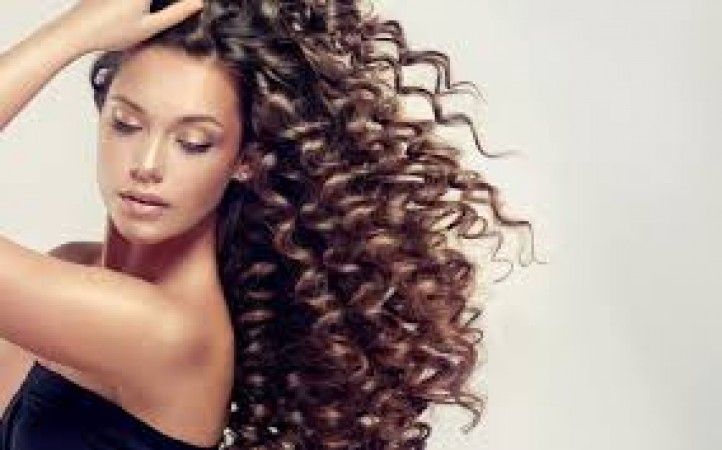
Frizzy hair can be a daily struggle for many people, causing frustration and making it difficult to achieve desired hairstyles. However, with the right care and techniques, you can tame frizz and enjoy smoother, more manageable locks. Here are some effective tips to help you care for your hair and reduce frizziness.
Moisture Imbalance Dry or damaged hair tends to absorb moisture from the air, causing the hair shaft to swell and resulting in frizz.
Humidity High humidity levels can exacerbate frizz by causing the hair to swell and become more porous, allowing moisture to penetrate the hair shaft.
Hair Porosity Hair porosity refers to how well your hair can absorb and retain moisture. High porosity hair tends to be more prone to frizz because it absorbs moisture quickly but struggles to retain it.
Hair Type Curly and wavy hair types are more susceptible to frizz due to their natural texture, which makes it easier for moisture to penetrate the hair shaft.
Hydrate Your Hair Use a moisturizing shampoo and conditioner to keep your hair hydrated and prevent it from becoming dry and brittle.
Deep Conditioning Treatment Regularly use a deep conditioning treatment or hair mask to nourish and moisturize your hair, helping to reduce frizz and improve manageability.
Use a Microfiber Towel Avoid rough drying with a regular towel, as this can cause friction and lead to frizz. Instead, use a microfiber towel or an old t-shirt to gently blot excess moisture from your hair.
Apply a Leave-In Conditioner After washing your hair, apply a leave-in conditioner to help seal the hair cuticle and prevent moisture loss. This will also add extra hydration to your locks.
Limit Heat Styling Excessive heat styling can damage the hair cuticle and contribute to frizz. Minimize the use of heat styling tools such as flat irons and blow dryers, and always use a heat protectant spray before styling.
Avoid Over-Washing Washing your hair too frequently can strip away its natural oils, leading to dryness and increased frizz. Try to wash your hair no more than two to three times a week, and use a sulfate-free shampoo to maintain moisture balance.
Seal Your Ends Apply a small amount of hair oil or serum to the ends of your hair to seal the cuticle and prevent moisture loss. This will also help to smooth frizz and add shine to your locks.
Protective Hairstyles Opt for protective hairstyles such as braids, buns, or ponytails to minimize exposure to humidity and friction, which can exacerbate frizz.
Silk Pillowcase Sleeping on a silk pillowcase can help reduce friction and prevent frizz, as silk is gentler on the hair compared to cotton or other materials.
Regular Trims Regular trims are essential for maintaining healthy hair and preventing split ends, which can contribute to frizz. Aim to trim your hair every 6-8 weeks to keep it looking its best. By following these tips and incorporating them into your hair care routine, you can effectively manage frizz and enjoy smoother, more manageable locks. Remember to be patient and consistent with your hair care efforts, as it may take time to see noticeable improvements. With the right care and techniques, you can embrace your natural hair texture and say goodbye to frizz!